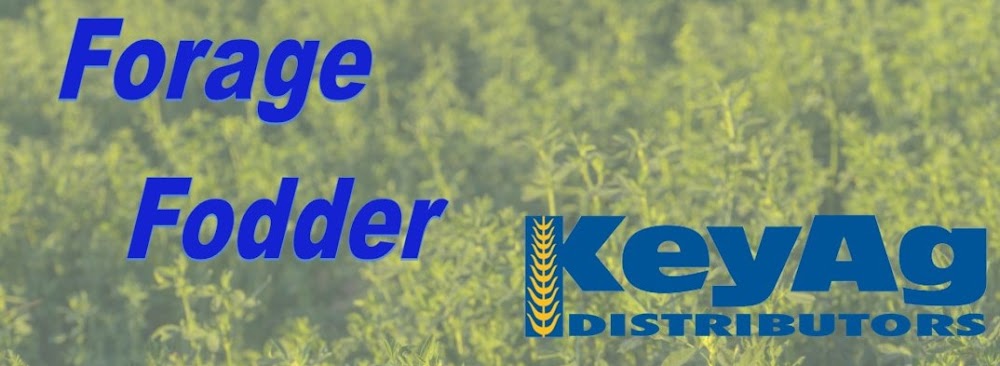Colorado—In the April 20 report, trade activity very light on good demand. Few trades on horse hay. Growers are feeling out the new crop market with offers, but no contracts have been finalized. Report will be released bi-weekly when more hay moves.
Missouri—In the April 27 report, compared to last report, the supply of hay is light, demand is light to moderate and prices are steady. Several farmers have made commits that pastures and hay fields consisting of fescue and orchard grass have been slow to take off.
Nebraska—In the April 27 report, compared to last report, all reported hay sales sold steady. Demand was good. Bulk of the state has been moved into the extreme drought category this week by the U.S. Drought Monitor. Several farmers are running pivots so they can plant into some moisture. Quite a few livestock owners continue to buy some hay as grazing conditions look bleak and they will need to keep supplementing hay. Calls this week were a tick depressing as everyone is in the same boat and producers are very concerned on what they will be able to produce for tons of hay this year.
Oklahoma—In the April 28 report, compared to the last report, hay trade is slow with moderate demand. The western part of Oklahoma did receive much-needed moisture. New crop hay has been put on hold due to the rain across Oklahoma. The pricing of hay is still undetermined because of the unknown number of bales that need to be cut to determine the cost of harvest. Next report will be released May 12.
Texas—In the April 7 report, compared to the last report, hay prices remain steady to firm in all regions. Hay demand is very good across the state. Strong winds continue causing early drought conditions in most all regions. Hay movement remains steady in all regions as supplemental livestock feeding continues throughout the early spring months. The overall topsoil and subsoil moisture is very short to short. Winds with 70 mph gusts damaged wheat fields and continue to dry out the soil. Soil profiles remain dry. Protective cover crops were damaged in some fields due to recent high winds. Soil moisture losses were expected to increase due to cover loss. Producers continue to cull livestock due to the lack of hay with little relief in sight. Next report will be released May 5.
South Dakota—In the April 28 report, compared to last report, all types and classes of hay remain steady to firm. Warmer weather this past week saw field work begin and some corn being planted. Very good demand remains for all types of hay. Turnout time is quickly approaching and grass has greened up but more rain is needed in the driest regions.
New Mexico—In the April 28 report, compared to report, alfalfa hay prices steady. Trade very active, demand very good on limited supplies as hay farmers are just getting started on the first cutting in the southern part of the state. Conditions are dry and no rain in the forecast. Water release from the dam will be May 12. Hay prices continue to trade high relative to last year due to high input costs.
Wyoming—In the April 20 report, compared to last report, reported hay sales sold steady. Demand was good with livestock owners still looking to buy hay. Bulk of the contacts are sold out of 2022 hay supplies. Farming in behind schedule in most areas of the state. Next report will be released May 4.
Montana—In the April 28 report, compared to last report, hay sold generally steady. Demand for hay was mostly moderate to good for light offerings. Demand slipped slightly this week as many ranchers are turning cows and grass cattle out early due to high hay costs and leftover fall grass. Some ranchers and small producers are letting small single load quantities of excess hay go. Advertised prices show some are willing to take less money as many expect an abundant new crop. Hay continues to sell into Texas and


No comments:
Post a Comment